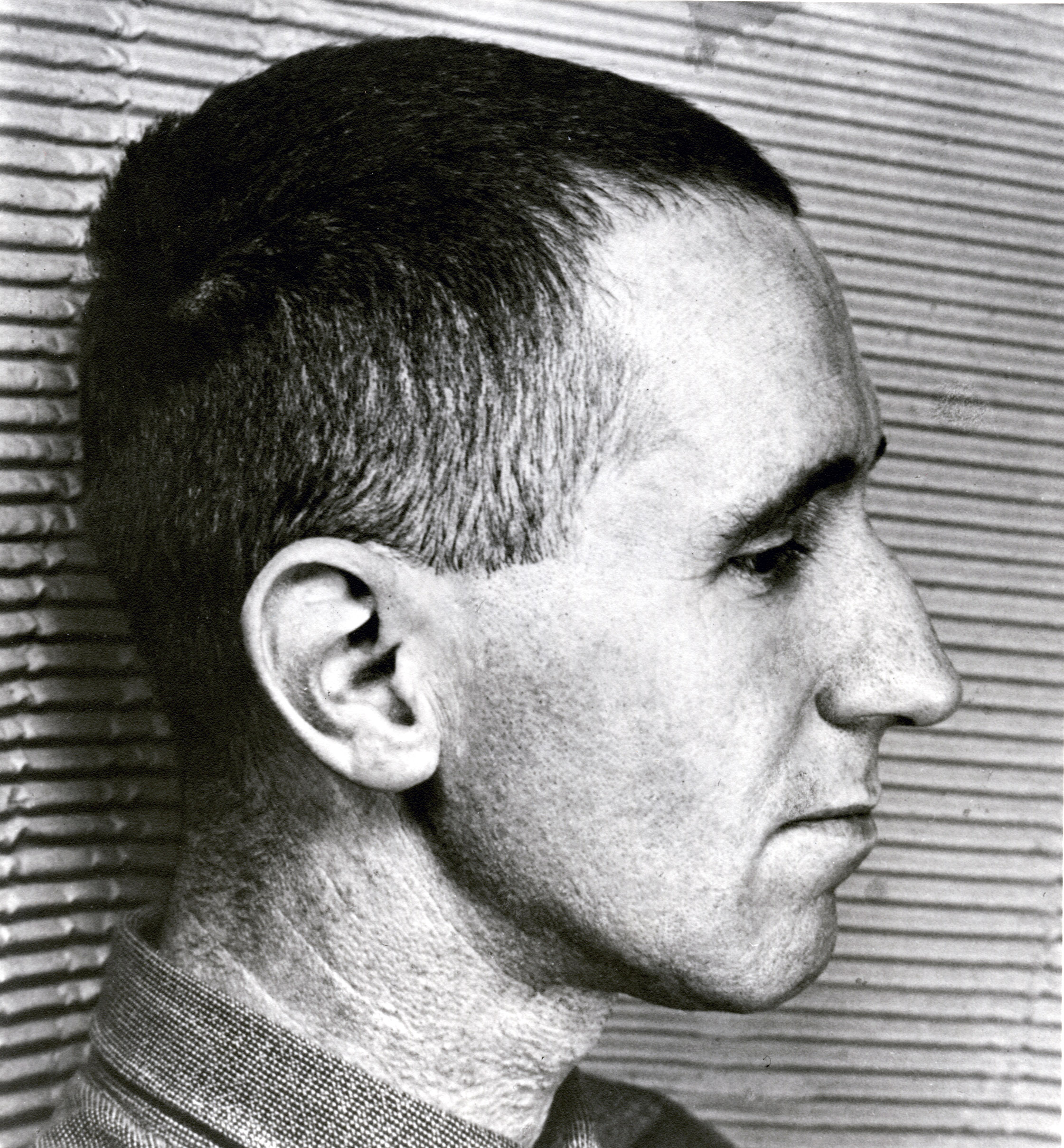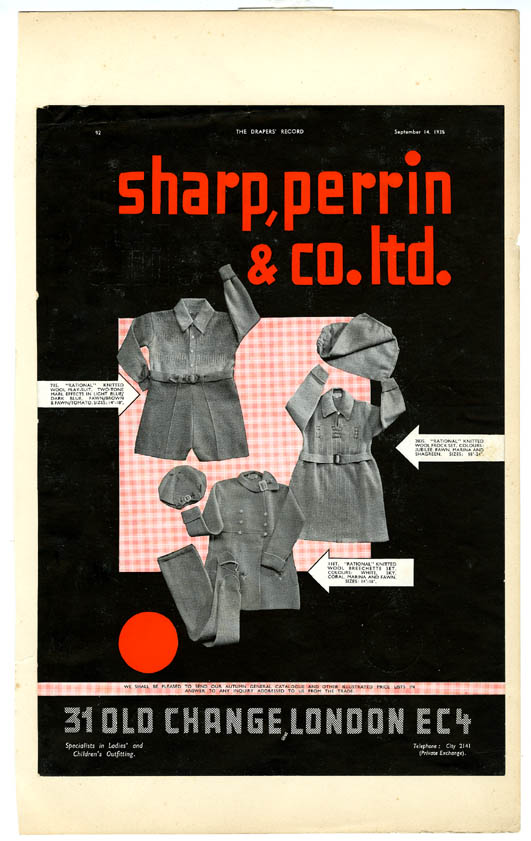Archive
Bertolt Brecht
- Photograph
- Bertolt Brecht
Word Count: 2
- Grete Stern
- 1934
- 1934
Grete Stern Advertising, Artist and Photographer, 20 Abbey Road, St John’s Wood, London NW8 (studio).
20,5 x 19 cm
- London (GB)
Grete Stern practised as a commercial and portrait photographer in her London exile and took portraits of emigrants such as Bertolt Brecht, Helene Weigel, Karl Korsch and Paula Heimann.
Word Count: 29

Grete Stern, Bertolt Brecht, 1934, 20,5 x 19 cm, Reprint (Museum Folkwang, Essen, Inv. No. 221/93, © The Estate of Horacio Coppola/Galería Jorge Mara • La Ruche, Buenos Aires). 
Grete Stern’s business card in London, 1936 (Museum Folkwang, Essen, Inv. No. 146/2/2009, © The Estate of Horacio Coppola/Galería Jorge Mara • La Ruche, Buenos Aires). 
Grete Stern, Karl Korsch, 1935, 22 x 18,9 cm, Reprint (Museum Folkwang, Essen, Inv. No. 220/93, © The Estate of Horacio Coppola/Galería Jorge Mara • La Ruche, Buenos Aires). 
Grete Stern’s advertising for Sharp, Perrin & Co. Ltd, in The Draper’s Record, 14 September 1935 (Museum Folkwang, Essen, Inv. No. 527/93, © The Estate of Horacio Coppola/Galería Jorge Mara • La Ruche, Buenos Aires). Begegnungen mit Menschen. Das fotografische Werk von Grete Stern, exh. cat. Bauhaus-Archiv, Berlin, 1975.
Eskildsen, Ute. “Fotografie und Berlin. Ausgangspunkte einer Frauenfreundschaft.” ringl + pit. Grete Stern und Ellen Auerbach, exh. cat. Fotografisches Kabinett, Museum Folkwang, Essen, 1993, pp. 8–15.
From Bauhaus to Buenos Aires. Grete Stern and Horacio Coppola, edited by Roxana Marcoci and Sarah Hermanson Meister, exh. cat. The Museum of Modern Art, New York, 2015.
Graeve Ingelmann, Inka. Ellen Auerbach. Das dritte Auge. Leben und Werk. Schirmer/Mosel, 2006.
Grete Stern, exh. cat. IVAM Centre Julio González, Valencia, 1995.
Jacobs, Nicholas. Bertolt Brecht in Britain. Irat Services, 1977.
Kunst im Exil in Großbritannien 1933–1945, exh. cat. Neue Gesellschaft für bildende Kunst, Berlin, 1986.
Marcoci, Roxana. “Photographer Against the Grain. Through the Lens of Grete Stern.” From Bauhaus to Buenos Aires. Grete Stern and Horacio Coppola, edited by Roxana Marcoci and Sarah Hermanson Meister, exh. cat. The Museum of Modern Art, New York, 2015, pp. 21–36.
Pross, Steffen. “In London treffen wir uns wieder”. Vier Spaziergänge durch ein vergessenes Kapitel deutscher Kulturgeschichte nach 1933. Eichhorn, 2000.
ringl + pit. Grete Stern und Ellen Auerbach, exh. cat. Fotografisches Kabinett, Museum Folkwang, Essen, 1993.
Santini, Daria. The Exiles. Actors, Artists and Writers Who Fled the Nazis for London. Bloomsbury Academic, 2019.
Völker, Klaus. Bertolt Brecht – Eine Biographie. Hanser, 1976.
Word Count: 206
Museum Folkwang, Essen.
Bauhaus-Archiv Berlin.
Word Count: 5
I am grateful to Petra Steinhardt from Museum Folkwang, Essen, who provided me kindly with Grete Stern’s images.
Word Count: 19
- London
- Burcu Dogramaci. "Bertolt Brecht." METROMOD Archive, 2021, https://archive.metromod.net/viewer.p/69/1470/object/5140-11267579, last modified: 01-06-2023.
-
Grete SternPhotographerBuenos Aires
Grete Stern is one of the photographers that represent modern photography in Argentina. Her house in Ramos Mejía was a meeting place for local and foreign artists and intellectuals.
Word Count: 30
Horacio CoppolaFilmmakerPhotographerBuenos AiresBorn in Buenos Aires, Horacio Coppola is one of the photographers who represent modern photography in Argentina.
Word Count: 17
Ellen AuerbachPhotographerNew YorkWhen she arrived in New York in 1937, the German-born photographer Ellen Auerbach (formerly Rosenberg) had already passed through exile stations in Palestine and Great Britain.
Word Count: 25